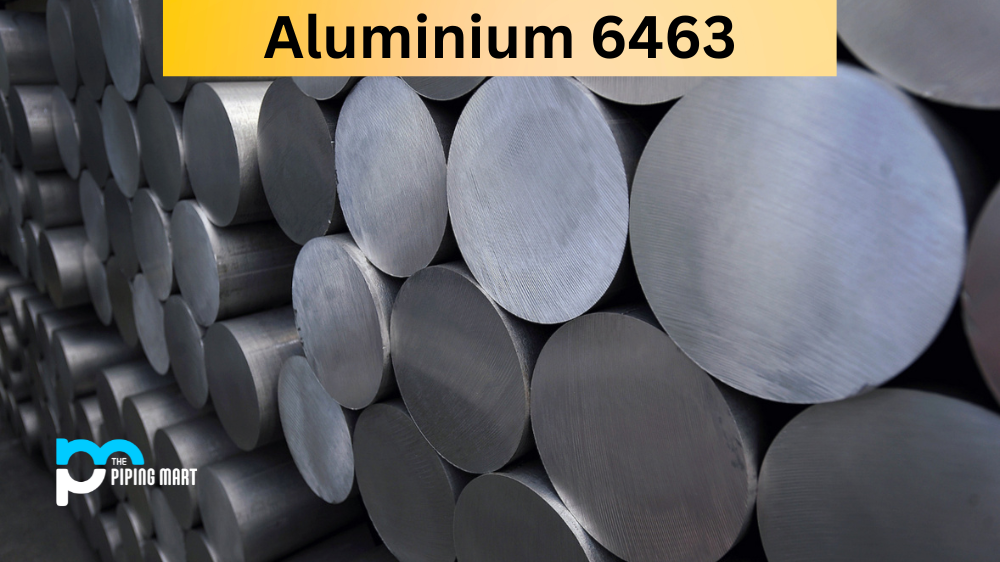Do you know what 501 stainless steel is and how it differs from other types of steel? This blog will explore the composition, physical and mechanical properties, and uses of 501 stainless steel. Whether you’re considering using this material in your next project or just curious about it, read on to learn more.
501 Stainless Steel Composition
501 stainless steel is a high-strength, low-alloy steel that contains iron, carbon, manganese, and small amounts of other elements such as nickel, chromium, and molybdenum. Its chemical composition meets several international standards, including the ASTM A517 and EN 10025-6. Unlike other types of steel, 501 stainless steel does not contain any trace of copper or nickel, making it ideal for application in acidic environments that would corrode other metals.
| Element | Content (%) |
|---|---|
| Iron, Fe | 93 |
| Chromium, Cr | 4.0-6.0 |
| Manganese, Mn | 1.0 |
| Silicon, Si | 1.0 |
| Molybdenum, Mo | 0.40-0.65 |
| Carbon, C | 0.10 |
| Phosphorous, P | 0.040 |
| Sulfur, S | 0.030 |
501 Stainless Steel Physical Properties
501 stainless steel has a 7.7 g/cm³ density and exhibits several physical properties that make it suitable for various applications. For instance, its melting point is 1420°C, with a thermal expansion coefficient of 12.1 x 10-6/K. Moreover, it boasts excellent corrosion resistance, is easily weldable, and can be formed and machined using standard techniques.
| Properties | Metric | Imperial |
|---|---|---|
| Density | 7.75 g/cm³ | 0.280 lb/in³ |
501 Stainless Steel Mechanical Properties
Regarding mechanical properties, 501 stainless steel is comparable to other high-strength alloys. It has a tensile strength of 1250 MPa and a yield strength of 1000 MPa. Its elongation at break is 10%, and its Charpy V-notch impact strength is 60 J at -40°C. These properties make 501 stainless steel great for construction, industrial, and aerospace applications.
| Properties | Metric | Imperial |
|---|---|---|
| Elastic modulus | 190-210 GPa | 27557–30458 ksi |
| Poisson’s ratio | 0.27-0.30 | 0.27-0.30 |
501 Stainless Steel Equivalent
- DIN 1.7362
- AMS 5502
- AMS 5602
- ASME SA194 (Type 3)
- ASME SA387 (Type 5)
- ASTM A193
- ASTM A194
- ASTM A314
- ASTM A387 (5)
- ASTM A473
- SAE J405 (51501)
- ASTM A182 (B5, F7)
- ASTM A193 (501, B5)
- ASTM A194 (501, 3)
501 Stainless Steel Uses
501 stainless steel finds application in various industries, including automotive, construction, and aerospace. It is especially popular for building high-strength structures like bridges, cranes, and pressure vessels. Its excellent mechanical properties and corrosion resistance make it an ideal material for applications in harsh environments.
501 Stainless Steel Heat Treatment
501 stainless steel must be heat-treated to achieve its full mechanical properties. The most common heat treatment process involves heating the material to approximately 980°C and then quenching it in oil or water. This treatment increases the steel’s strength and hardness while improving its elasticity.
501 Stainless Steel Hardness
The hardness of 501 stainless steel varies depending on its heat treatment state. The material’s as-rolled condition has a Brinell hardness of 300, while its normalized state has a hardness of 270. After quenching and tempering, the hardness can range from 304 to 341 Brinell, depending on the exact heat treatment conditions.
Conclusion:
501 stainless steel is a high-strength, low-alloy steel with excellent mechanical properties, corrosion resistance, and machinability. It’s popular in harsh environments such as the automotive, construction, and aerospace industries. Heat treatment can modify its hardness, making it an ideal material for applications where strength is essential. Overall it’s a great material for use where high strength and exceptional corrosion resistance are required.

Abhishek is a seasoned blogger and industry expert, sharing his insights and knowledge on various topics. With his research, Abhishek offers valuable insights and tips for professionals and enthusiasts. Follow him for expert advice on the latest trends and developments in the metal industry.




